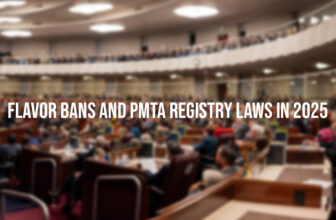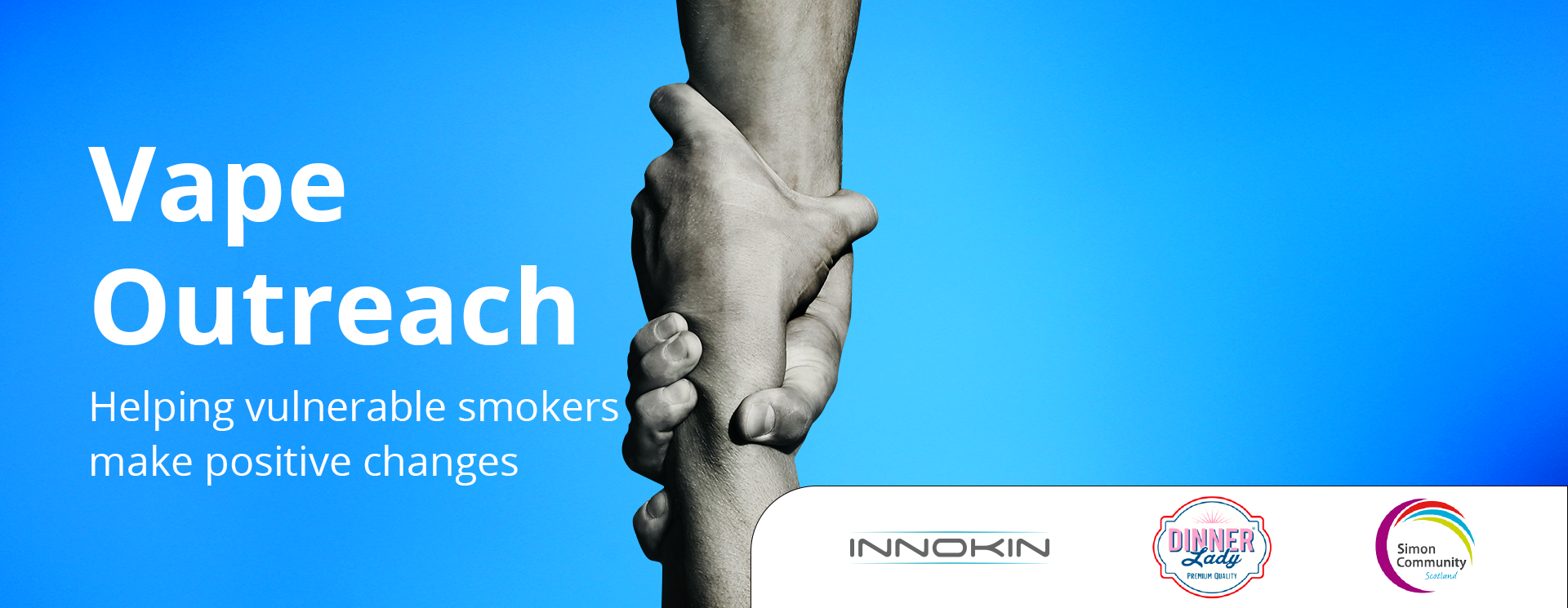After the U.S. Food and Drug Administration (FDA) held a press conference in July, 2009 to announce the results of their testing of 18 samples from two brands of electronic cigarettes, several countries responded by banning sales of the devices. For example, Uruguay, Colombia, Panama, and Argentina are countries that ban sales altogether, while Canada and Australia do not ban sales of hardware, but do ban sales of liquid containing nicotine.
The FDA press release announced that cartridges “contain carcinogens, including nitrosamines, and toxic chemicals such as diethylene glycol.” Apparently the goal was to make the audience believe that e-cigarettes are quite likely to cause cancer and might even poison users. The trick worked.
The “trick” involved saying nothing that was untrue, but leaving out just enough facts to make the audience draw an incorrect conclusion. Yes, there were “carcinogens”, detected, but “including nitrosamines” is a red herring, because the ONLY potential carcinogens detected were Tobacco-specific Nitrosamines (TSNAs). The wording selected by the FDA made it appear as if several different types of carcinogens were detected. Even more important is the fact that the FDA neglected to mention the quantity of TSNAs measured.
We know from testing conducted by other researchers that there are 8 nanograms in 1 gram of liquid that contains 1.6% nicotine. A 4 mg. nicotine patch also contains 8 nanograms. There are no cancer warnings on nicotine patch containers because 8 nanograms is such a miniscule quantity that it has never been shown to cause cancer. In contrast, a pack of full-flavor cigarettes can contain 126,000 nanograms of TSNAs.
So, ironically, the governments that responded by banning e-cigarette sales “protected” their smoking citizens from exposure to 8 ng of TSNAs while they continued to expose themselves to hundreds of thousands of ng of TSNAs, plus many more types of carcinogens, in cigarette smoke!
The press release mentioned “toxic chemicals” [plural] implying that several different types of such chemicals were found. Yet the report cites only one toxin. And this chemical was found in a non-toxic concentration of 1% in one cartridge. The cartridges being tested hold at most 0.5 g of liquid. If users drank the liquid from the cartridges, an average weight adult would need to drink the contents of several thousand cartridges that contained diethylene glycol in a single day to be exposed to a fatal dose.
But users don’t drink the liquid. They vaporize the liquid and inhale the vapor. What did the FDA find in the vapor? “Nicotine was detected in both products for all cartridges containing low, medium and high levels of nicotine but was not observed in cartridges identified as containing no nicotine. Screening for the possible tobacco specific impurities cotinine, nicotine-N-oxide, nornicotine, anabasine and myosmine was negative. β-Nicotyrine was detected in all Njoy cartridges but was not detected in the Smoking Everywhere cartridges.” http://www.fda.gov/downloads/Drugs/ScienceResearch/UCM173250.pdf
The report does not mention finding any TSNAs at all in the vapor. β-Nicotyrine is neither toxic nor carcinogenic.
Here is the bottom line: Smokers who switch to e-cigarettes are exposed to nicotine if they use cartridges that contain nicotine. Health New Zealand found that cartridges with 1.6% nicotine deliver from 1/10 to 1/3 the amount of nicotine per puff that a puff of smoke delivers. Smokers who continue lighting up tobacco cigarettes are exposed to nicotine, plus tar, particulates, poisonous gasses, plus thousands of chemicals created by the process of combustion. Hundreds of these chemicals are toxic and dozens are carcinogenic.
If someone you loved was a smoker who is unable to quit, would you prefer that they switch to an e-cigarette or that they continue inhaling smoke?
True, there has not been enough testing to prove beyond a shadow of a doubt that e-cigarettes don’t present any new types of health risks, And the only quality control measures in place are the voluntary measures put in place by manufacturers.
How long will it take before there is a government stamp of approval on an e-cigarette?
I didn’t have time to wait around. I was being kept awake at night by loud wheezing. I had a productive morning cough. I couldn’t enjoy a good laugh because by the third “ha” I was going into an embarrassing coughing jag. Maybe the next cigarette I lit would be the one that started a tumor growing in my throat or in my lungs.
On March 27, 2009, I switched. The nightime wheezing has disappeared along with the productive morning cough, and I can enjoy a good hearty laugh, without being interrupted by a coughing jag.
I pity the citizens of the countries where e-cigarettes have been banned. How many smokers kept inhaling smoke who might have been able to switch to vapor? How many of those continuing smokers have developed cancer, COPD, or had a heart attack or stroke, thanks to their government being fooled by the FDA’s partial truths and exaggerations?
This article was re-posted from a contributed article at AllVoices.com









When will the FDA get sued… There must be one whistle blower out there who is going to come out and say something like the cigarette companies are paying FDA CEO’s with money to help reduce competition from the healthier alternative to smoking…. right?